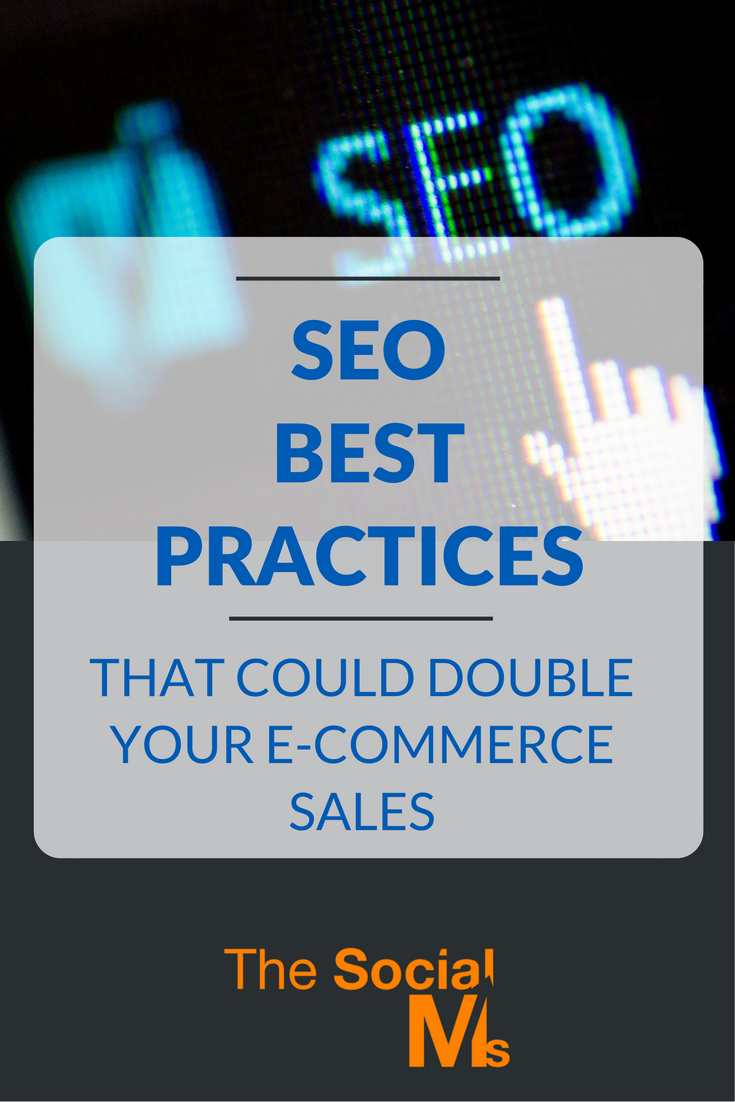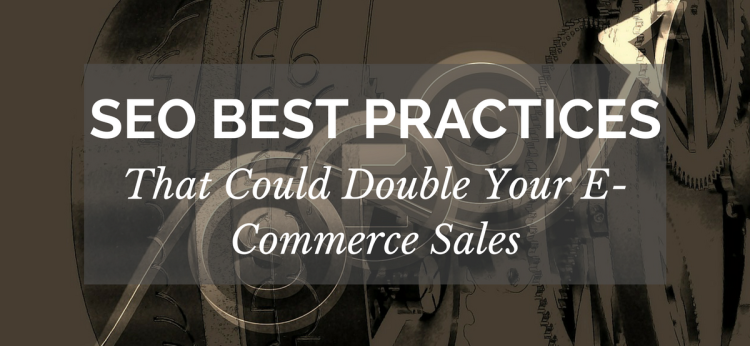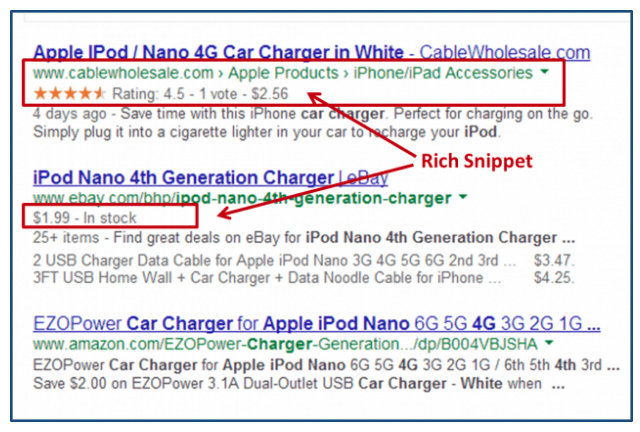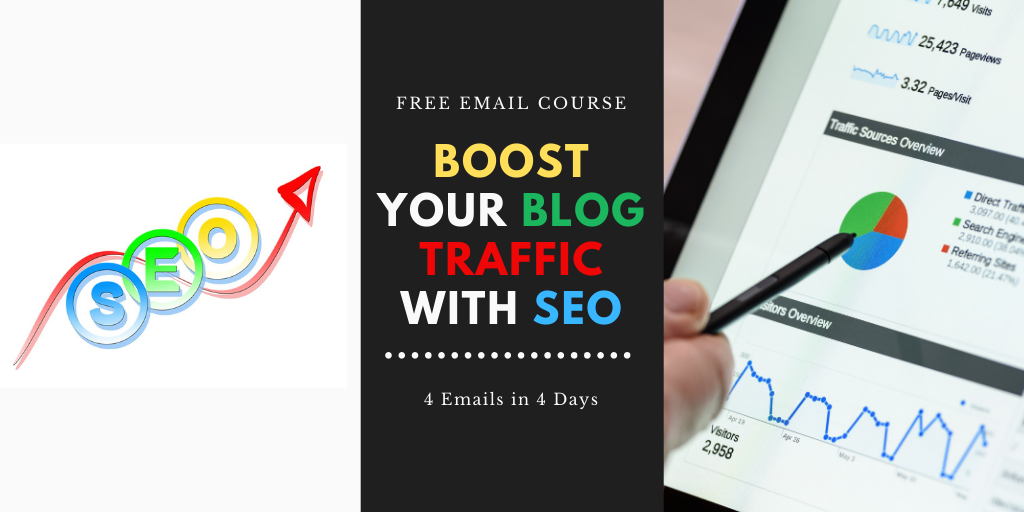Megha Parikh is a digital marketing expert and has been journeying through the world of digital marketing for more than 7 years. She especially enjoys learning about social media marketing and conversion rate optimization while exploring her social and interpersonal skills.
Search Engine Optimization holds the key to the growth or demise of a digitally grounded business. For an eCommerce store, where business begins and ends with organic traffic, SEO is nothing but the lifeline.
Google’s first page search results enjoy a 71.3% Click Through Rate. In the following pages, the CTR trickles down to as low as 5.59%.
There is no ignoring the SEO for an online store.
Before you read on - we have various resources that show you exactly how to use social networks to gain massive traffic and leads. For instance, check out the following:
FREE Step-by-Step Twitter Marketing Guide
FREE Pinterest Marketing Ebook
Optimizing an eCommerce store for search engine friendliness is more complicated than optimizing a usual website. Product landing pages are many in number, there are too many headings involved, multiple CTAs need to be optimized in each product page, negative keywords need to be monitored and much more.
In this researched article, we are going to put in definite terms, definite SEO best practices that will help increase your online sales manifold.
3 Key Areas in eCommerce SEO Strategy
The SEO strategy for an eCommerce store can be classified into 3 key areas. These 3 key areas help to identify the prime keywords relating to your store, how to use and position them against competitors to climb to higher ranks of search engine ranking.
1. SEO Audit
‘Where do we stand right now and what should we do to get doing forward in SEO?’
This is the typical question that your SEO audit is trying to answer. A comprehensive SEO audit will spot page ranking vulnerabilities in your website.
There are plenty of tools for website reviews like SEO Auditor from Zadroweb, SEOptimer, SEMRush, Screaming Frog, etc. all of which crawl your links, check for duplicate content, highlight missing tags and pinpoint several other factors that could be pulling your page rank down.
2. Keyword Research & Planning
Keyword research and planning helps list down high-quality keywords that can be targeted and used for generating high-quality traffic. While performing keyword research bear in mind to pick keywords that have sufficient search volume, high ranking, and demand.
Strategic placement of such keywords in page titles, meta descriptions, headers, etc. will attract targeted users who are searching for similar phrases. Similarly, opt for long-tailed keywords whenever you can. They are easy to match the exact search phrase that users key in while conducting searches.
3. Competitor Analysis
Review and analyze your competitor’s website to spot keywords that they are optimizing for their SEO strategy. Weigh and evaluate keywords that you can possibly use to maximize your page rank. Also focus on how the keywords are placed in the product landing pages, the semantics used for keywords and also internal links created within the website.
Hey, before you read on - we have in various FREE in-depth guides on similar topics that you can download. For this post, check out:
FREE workbook: CREATE AWESOME BLOG POSTSFREE Beginner's Guide: START A BLOG
Apart from these 3 broad areas, there are deeper SEO best practices which you can adopt right away to make your eCommerce store reach the coveted top rank in search engine results.
SEO Best Practices To Be Adopted Immediately
Once you are done doing your SEO audit, analyzing your competition and keyword planning, you can get along with further optimization techniques for maximum online presence.
1. Create Unique Heading Tags for Product Pages
There are two things to note in this. One, your heading tags must be unique and specific to your page. Second, each product page must be optimized with the heading tag for maximum search engine attraction.
Example of proper heading tag usage:
Image Source: Seekho
2. Use Long-tail Keywords for SEO Optimization
Long-tail keywords provide a better probability of matching the exact description of the search inputs keyed in by users. Thus, pages with long-tail keywords will be able to reach out to users who are looking for exactly what you have to offer.
Example: The keywords ‘Men’s boots’ will have severe competition from all kinds of shoe vendors. Whereas, ‘Men’s Brown Tan Leather Boots‘ is a long-tailed keyword which will be specifically used by users searching exactly this product. If your product page is optimized for one specific product, your users will be able to reach it directly.
3. Be Mobile-friendly
More than 50% of eCommerce traffic originates from mobile devices.
That said, your eCommerce store should be mobile-friendly so that users spend more time online in your store. When the average time spent on the website increases, Google will by default reward a higher search engine ranking.
4. Include Customer Reviews
Customer reviews can generate cost-free organic traffic to your website. User-created and submitted reviews will have adequate keyword density which search engines can crawl and optimize for page ranking. In addition to giving a transparent view of your business efficacy, reviews also aid in higher search engine ranking.
5. Optimize Page Loading Speed
47% of online shoppers expect an online page to load under 2 to 3 seconds.
Unknown to many e-retailers, slow page loading speed can hit your profitability as well as SEO ranking severely. Each second of delay in page loading will pull down your conversion rate. Moreover, Google also has included page loading speed as a vital ranking signal for providing page ranking.
6. Include Product Rich Snippets
Snippets are a few characters or words long description that appears beneath every search result. They explain what the page contains and helps the users to understand if the result is related to their query. Rich snippets contain star ratings, viewership statistics, and even prices in certain cases.
Image Source: Search Engine Journal
Search results with rich snippets enjoy higher click-through rates and subsequent conversion compared to those without any rich snippet. You can guess how important they are for eCommerce SEO.
7. Create Search Engine Friendly Permalink Structure
Google crawls the permalink structure to understand what the page is all about. Hence, it is mandatory to create permalinks that are self-explanatory to the search bot. Create unique and page-wise URLs that are relevant to the content related to the page. An ideal link structure to follow will be:
- For product category page: store.com/category/
- For sub-category page: store.com/category/sub-category/
- For product page: store.com/category-sub-category/product-name/
8. Configure an SSL Certificate
In case you don’t know, eCommerce website security is one of the rank signals that Google considers for ranking your page. HTTPS encryption that is websites configured with an SSL certificate are considered safe for browsing by Google. Websites which do not have HTTPS encryption are flagged as insecure.
Needless to say, secure websites get more visitors and conversions than websites that are flagged off as insecure. There are also other benefits to getting an SSL certificate like PCI Compliance, secured data, and improved brand image.
Final Words
With that, we come to the conclusion of the SEO best practices you must adopt to perfect an SEO strategy for your online store.
Have anything more to share for improving SEO ranking of your store? Let us know in the comments.
Whether you are running an eCommerce store or any type of other websites, you can easily perform some SEO tasks that will help you to tremendously improve your rankings and traffic!
Are you struggling with your SEO? Do you think you have done so much but somehow your blog traffic from Google search is stagnating? Do you need some help with setting up your blog for SEO? Are you not sure how to build links to your blog?
We have got you covered!
We created a free email course about SEO for your blog – or SEO with a blog. Join today for 4 days and 4 emails and learn about on-page SEO, Google Ranking factors, link building tactics and how to find keywords even you can rank for. Join our (free) email course about Blog SEO today!




